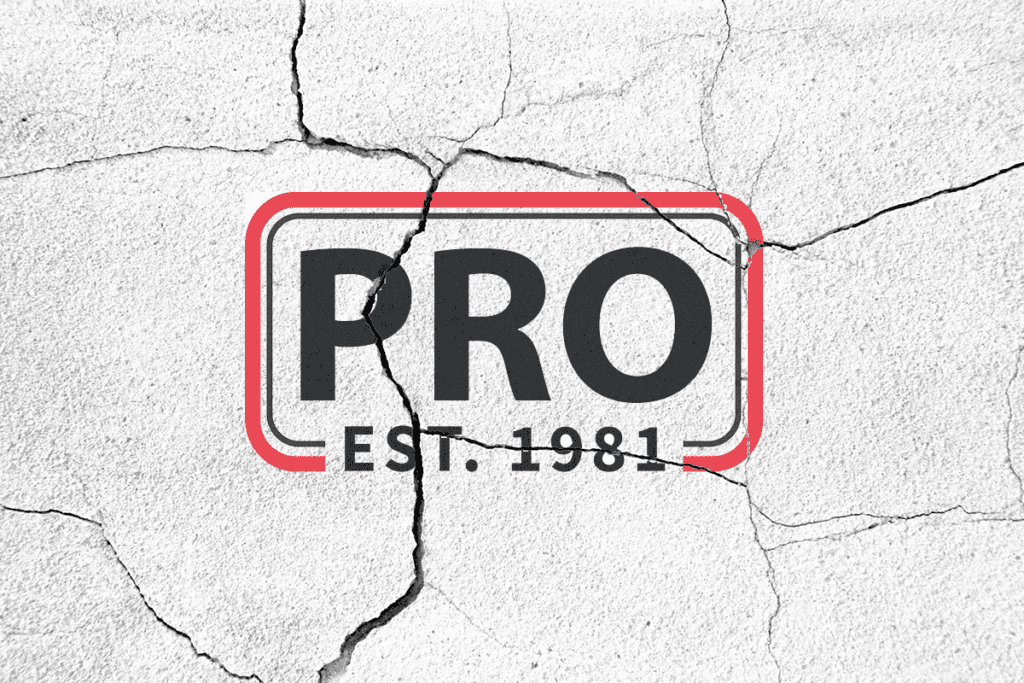 Are you looking for ways to speed up your construction projects? Early entry concrete saws can be the answer. These saws are special tools designed for cutting control joints into concrete, before the material has fully cured. This can help save time on projects that need to be completed quickly, as the time saved from not having to wait for full curing can be significant. In this blog post, we’ll explore the advantages of early-entry saws and the benefits of using the Diamond Products Early Entry Saw (CC150XL EE) and their blades.
Are you looking for ways to speed up your construction projects? Early entry concrete saws can be the answer. These saws are special tools designed for cutting control joints into concrete, before the material has fully cured. This can help save time on projects that need to be completed quickly, as the time saved from not having to wait for full curing can be significant. In this blog post, we’ll explore the advantages of early-entry saws and the benefits of using the Diamond Products Early Entry Saw (CC150XL EE) and their blades.
Introduce Early Entry Concrete Saws
Early entry saws are designed to deliver powerful performance and maximum efficiency when cutting control joints into concrete, before the material has fully cured. These saws make it quick and easy to cut control joints with pristine edges in a fraction of the time – usually only one or two hours after concrete finishing. This is an ideal solution for preventing random cracking, which could be expensive for any contractor working in concrete.
What are Early Entry Control/Relief Joints?
Control joints are strategically placed lines of separation in concrete, which permit movements due to changes in temperature and also from drying shrinkage. In simpler terms, if your concrete does crack, you can influence where it will break apart. These cracks should be straight, instead of erratic or irregularly shaped.
Advantages of Cutting Control Joints
Saw-cutting joints are now commonplace for both residential and commercial floors, and the advantages are simple to see:
- Making this cut controls where the cracks appear. When made correctly, any cracks will develop beneath the control cut.
- Saw cuts are subtle on a finished floor, providing a stylish surface; transitions between paneled slabs become smoother without any trip hazards;
- Forklifts travel more smoothly than with other control joint systems;
- Plus, they require less frequent maintenance due to thinner lines that don’t need as much filling.
Diamond Products Early Entry Saw (CC150XL EE)
Built to cut quickly and efficiently, Diamond Products Early Entry saws are designed with a lightweight yet powerful spring box technology. This technology features a skid plate, which guards against chipping or spalling, which may otherwise compromise the finished product’s quality.
Additionally, this innovative design reduces dust levels associated with cutting operations. When paired with an appropriate dust collection system, these saws can almost entirely eliminate airborne particles! Used correctly, these remarkable tools will create beautiful end products that stand the test of time.
Outstanding Features and Benefits
This feature-rich saw ensures your cutting job is done quickly and efficiently:
- Maximum cutting depth of 1-3/16”.
- Honda GX160 motor.
- Heavy-duty welded steel frame.
- Telescopic handle to allow operator comfort.
- Five wheel stabilizer system allows for smoothest operation possible on smooth or stamped concrete.
- An added skid plate system makes it ideal for green concrete.
- Cyclone air filter provides increased air flow.
- Up cut design keeps debris away out of the joint.
- A blade raise/lower mechanism featuring spring loaded release and single ribbed drive belt automatically sets the blade depth to 1 3/16″.
- One-inch arbor will take various Diamond product blades.
Tips for Most Efficient Use of Early Entry Saws
- When saw cutting control joints, it is essential to be aware of the slab thickness. For slabs that are 9″ or less in depth, you can typically cut up to 1” deep with an early entry saw – this not only saves time, but also reduces the need for joint filler! However, standard saws should always be used when the depth of a slab exceeds nine inches and must reach at least a quarter of its total thickness.
- Typically, contractors wait 2-3 hours before sawing the concrete slab. For an easier method of assessing when to begin cutting, many opt for the “heel test.” This involves pressing their boot onto the surface, and then beginning sawing once they no longer see an impression left by their heel.
- Before placing the saw on top of the slab, always verify that blade alignment is intact. A misaligned blade can be disastrous, as it can cut into the skid plate and potentially cause damage to your machine, while affecting a joint perpendicularity with respect to the slab’s surface. Avoid any catastrophes by double-checking your blades before using them!
- Ensure that used blades are in proper condition: Examine all the diamond segments to ensure none of them have become overheated and glazed.
- To get the most out of your new saw blades, initially cut at half speed for a length of 100 feet. This break-in period will extend blade life and ultimately provide you with faster cuts in the long run.
- To keep your saw joints safe, avoid walking over them while cutting, and forbid access to the slab until the final set is complete. Moreover, when cleaning up cuttings, you should always move in line with the joint’s direction; sweeping across it could cause irreparable harm to its collar. Lastly, use joint protectors at both saw joint intersections and saw drive wheel sites for further security.
Using the Right Blade Makes the Project Go Smoothly
This dry-cut saw uses diamond blades to cut and grind through concrete slabs after they are poured or set, leaving smooth edges and a precise finish. The diamonds on the blade allow it to easily slice through reinforced concrete, while significantly reducing noise and dust associated with other conventional cutting methods.
When it comes to concrete cutting equipment, you can count on The Pro Group to provide you with best-in-class customer service as you make your decision. Get more information and prices on any product or service by requesting a quote. One of our experts will get back to you shortly.



